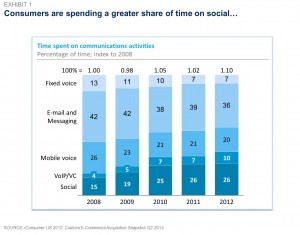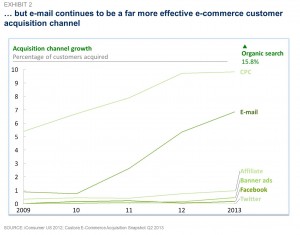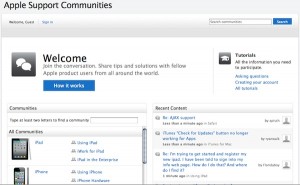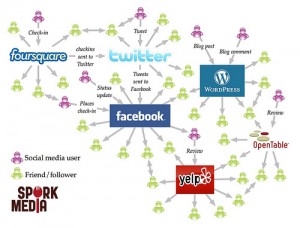E-mail Marketing – Is it still used?
With all the hype around social media and social media marketing, it seems that E-mail marketing isn’t really used. However, after class yesterday with our guest lecturer, Stefan Lorimer, I realised that E-mail marketing is still a crucial part of a business. The reason E-mail is still such a large part of marketing is because 91% of consumers still use E-mail. According to an article by McKinsey & Company titled “Email Marketing: Think Inside the New Inbox“, email conversion rates are estimated to be around three times higher than social media conversion rates.
This graph shows how much time consumers spend on different communication activities. It shows that email has the highest proportion over the years.
Adding to that is the following graph, which shows that as far as e-commerce is concerned, E-mail is a far more effective customer acquisition channel.
Since E-mail marketing is such a vital component of marketing, marketers need to focus on not just the click rate. There are other aspects which they need to focus on according to the article to have this form of marketing be successful.
One way marketers can make the E-mail channel successful is through focusing on the entire journey or process, rather than just focusing on the click-through rate, as it is only the first step in the consumer decision journey according to the article. This is because E-mails are a series of interactions between the brand and the consumer. Having identified the correct landing pages for consumers based on their interests can increase the conversion rate. Having a more customised and personal email allows for consumers to relate to the brand, and form a relationship, going further in the consumer decision journey.
There are various other steps marketers can take to ensure their E-mail marketing campaign is successful. The article describes these in detail. However, this blog shows a snapshot of E-mail marketing and how it is still an important and large part of marketing activities today.




